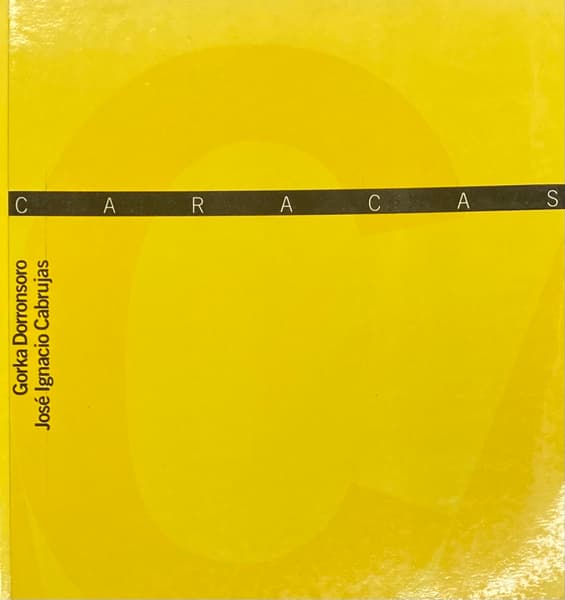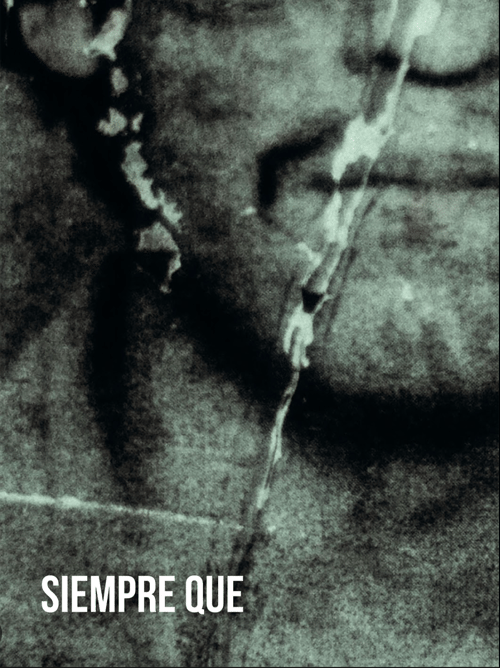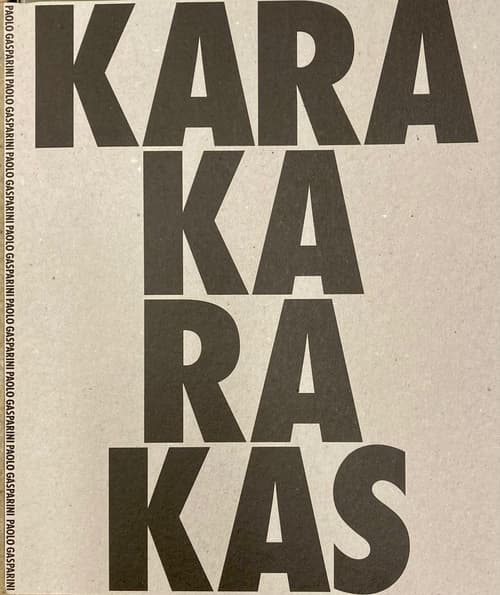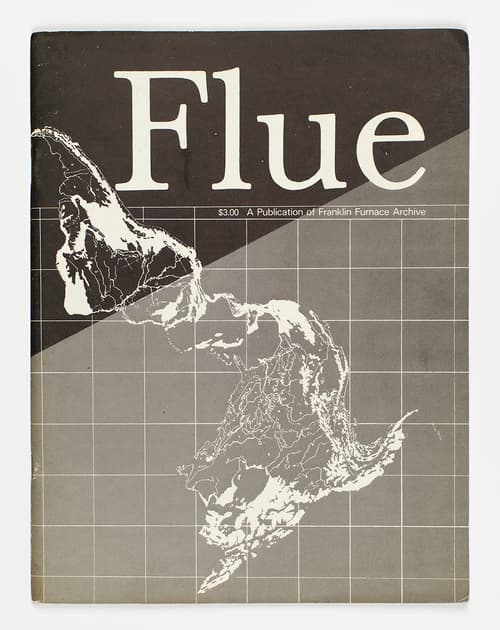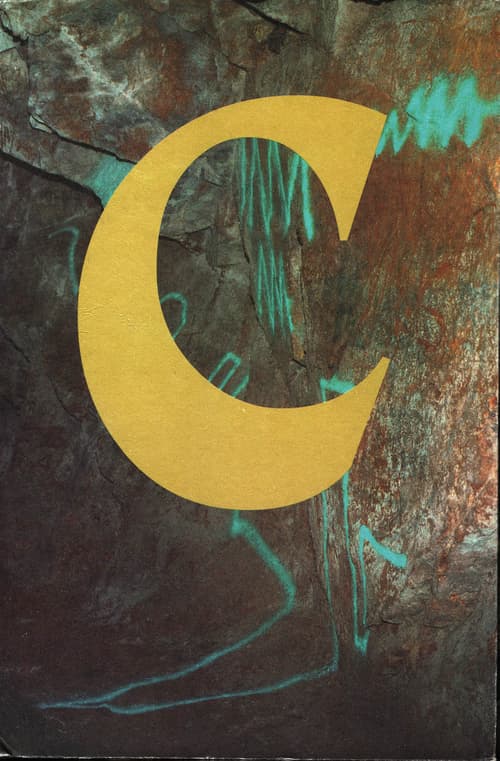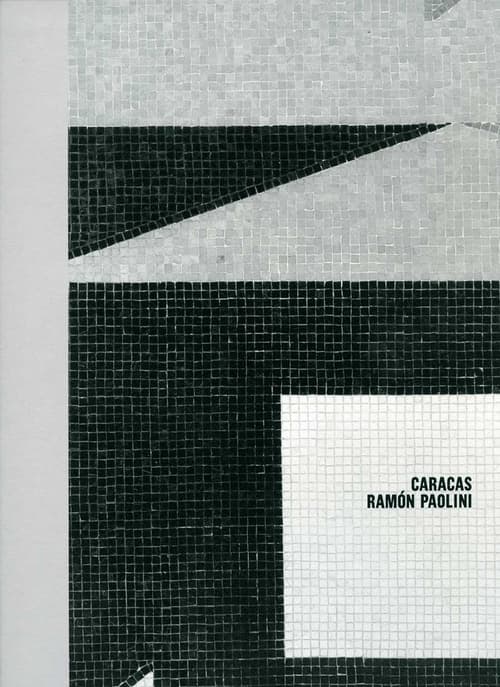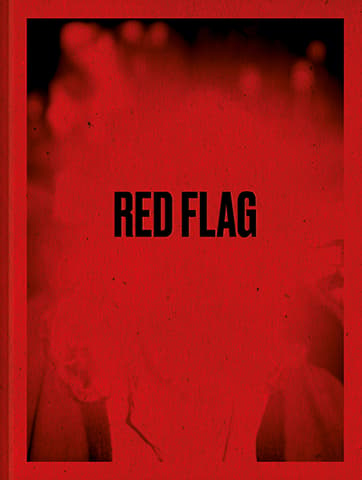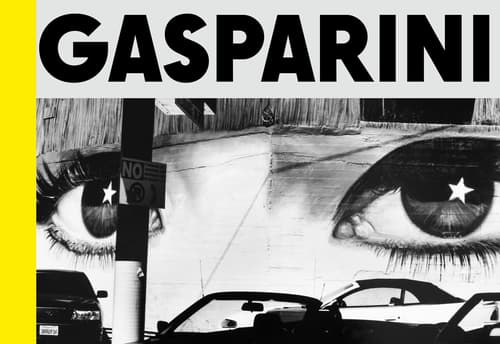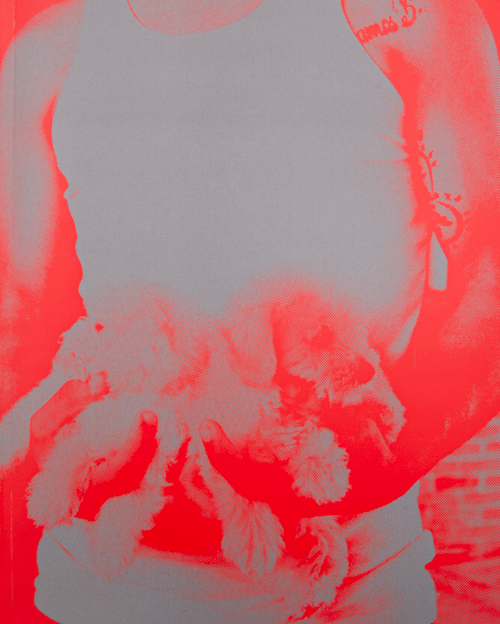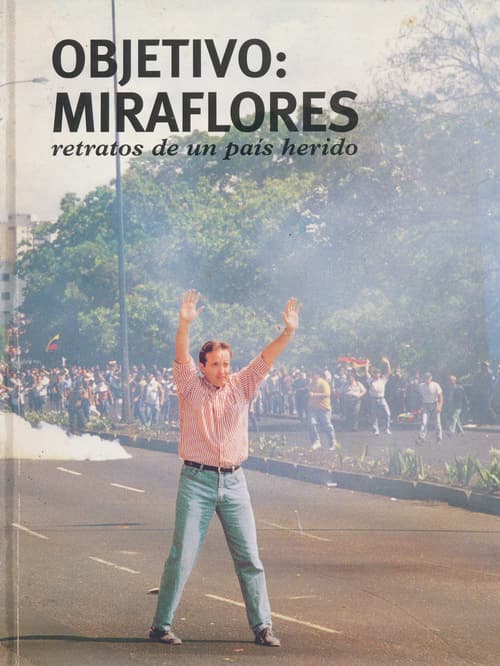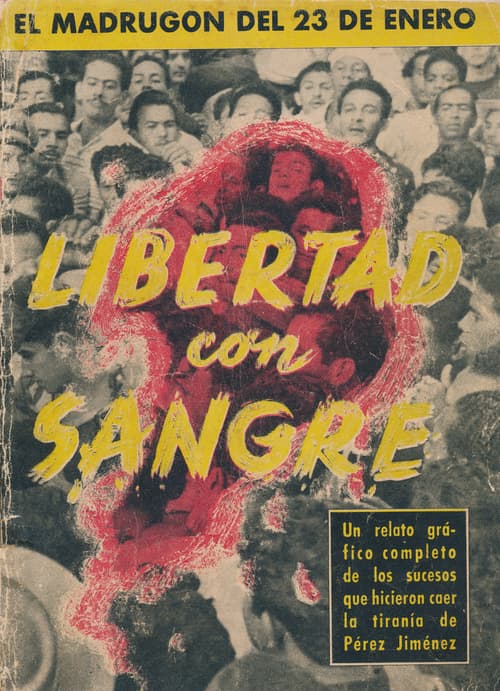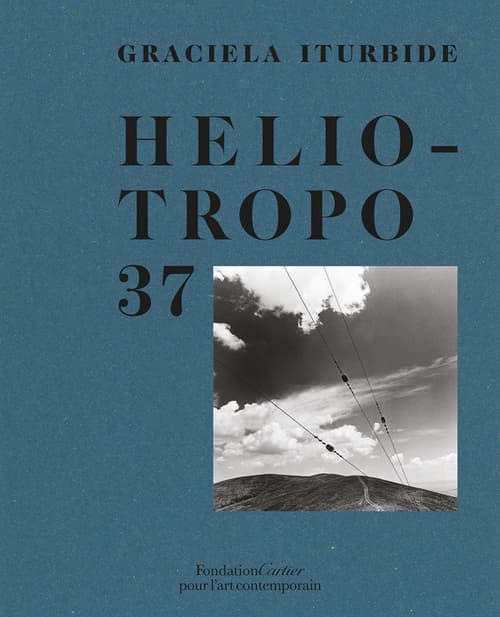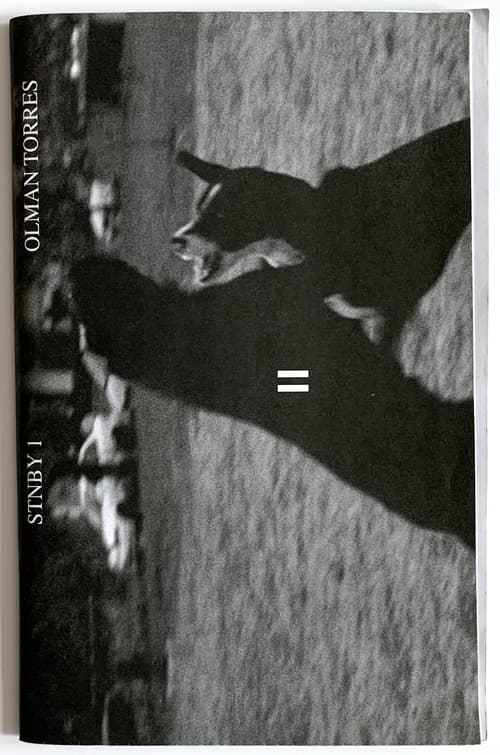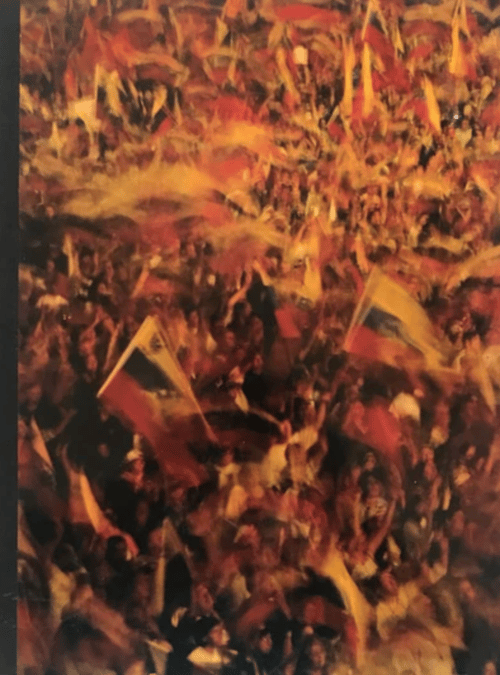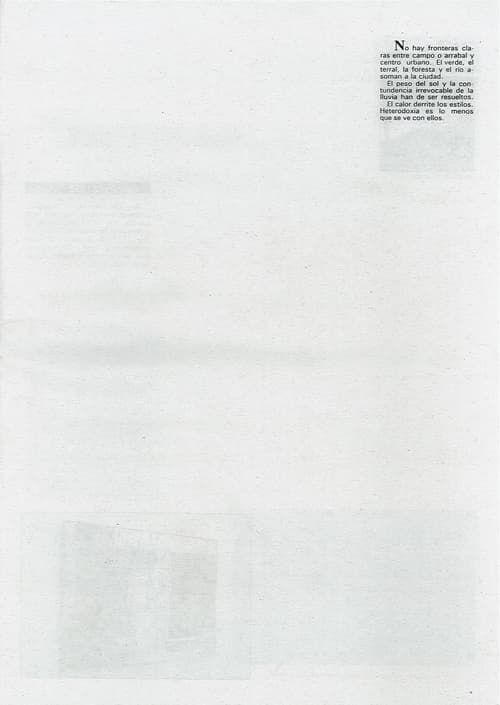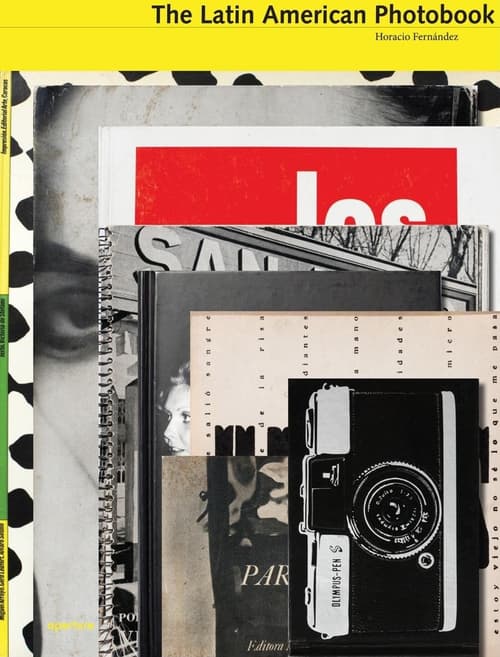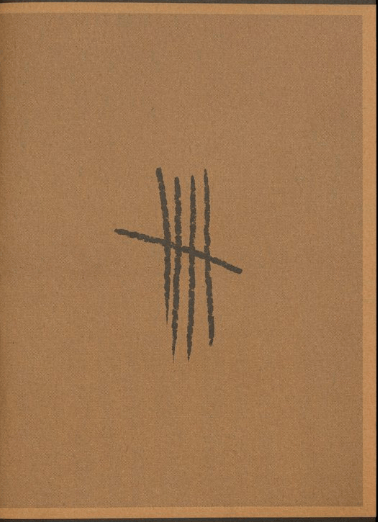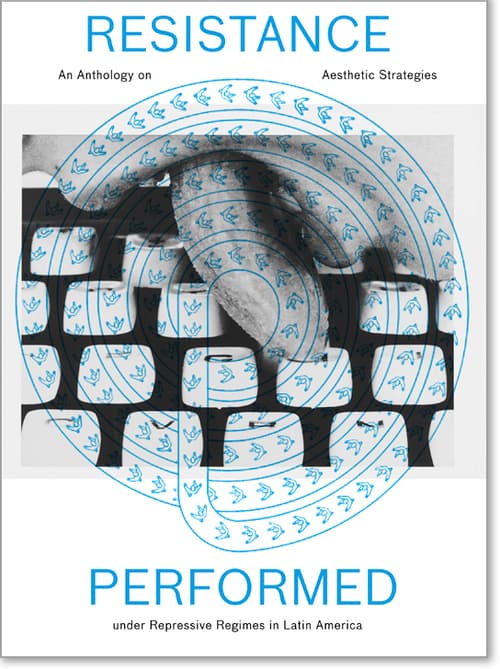Publisher Note
José Ignacio Cabrujas:
“(…) The traveler links us to the landscape, confirms the regularity of the weather, becomes interested in a few caged parrots or considers the custom of housing turtles in the patios, as it the city itself lacked a profile and maybe even, existence. There’s nothing as pathetic as a tourist bus in Caracas, nor as thankless as working as a guide in this city. The adventures of a Canadian in Caracas consist more or less of landing in an airport much like Houston’s, climbing several miles by means of a nondescript and barely functional thruway, noting the presence of a fairly recent cement lion whose significance is known only to a select few, disappearing repeatedly into tunnels that lead, as though the acts of faith, to a result, and checking into a universally functional nameless hotel, possibly run by an erratic Hungarian. The next day, he is picked up by an air-conditioned bus which takes him to what some loafer baptized the historical rectangle. There he’ll visit Simon Bolivar’s house which, after renovation upon renovation, has come to look like Alexandre Dumas’ mansion in the romantic side of Paris. He’ll go up the number of blocks necessary to gaze at the Capitolio, and feel that Napoleon III, like God, is everywhere, and he’ll confirm Plaza Bolivar as a natural episode where a tamed sloth is still the best excuse for taking a picture, being both unusual and South-American.”
“(…) There is no pride in being a native of Caracas. There’s no time at which the city dazzles its inhabitant. I have never in my life found a native of Caracas, even after a few drinks, who has said to me, “How beautiful this city is!” “How lovely this city is!”, or “How I like this city”. Nobody is happy. The city is incapable of cheering up its dwellers, not only due to the shortage of pipes or the fear or the mugging, but because of something that goes beyond the immediate calamity. We are not happy with our fatuous Gothic, nor our Romanic topped with tiles, nor the Hellenic pomp of some old-fogy, nor worse yet by the colonial nostalgia of the dated Spanish mansions. We in Caracas live in a showcase of substitutes, that can not possibly be repeated. We are the model for a universal city, that has not been able to find financing. Everything we have raised seemed true at some time, but only with the truth of resemblance. Bottom line, we are the literature of a city that must exist by bits and pieces throughout the rest of the planet.”
__
Gorka Dorronsoro (1939 - 2017) was a Venezuelan artist. He was one of the most accurate and honest representatives of twentieth-century Venezuelan photography. With a “sui géneris” proposal, he moved freely through different genres, from architectural photography to social photography or everyday photography. His images are the result of tours made in some regions of Venezuela during the intense decade of the 70s.
His images are the expression of an active ethnography, they accurately capture the dichotomy of their time: the development of a country with a progressive-modern plan and, on the other hand, a negative and realistic conception of the same land, alienated, marginalized and condemned to the most violent inequality.
__
José Ignacio Cabrujas Lofiego (1937 – 1995 in Porlamar) was a Venezuelan playwright, theater director, chronicler, soap opera writer, drama librettist, screenplay writer, radio moderator, humanist and political campaigns designer. He is considered one of the founders and innovators of the modern telenovela genre in Latin America, and is called the "Maestro de las Telenovelas."
| Publisher | |
|---|---|
| Edition | 1st edition |
| Release Date | 1990 |
| Credits |
Writer:
Artist:
|
| Identifiers |
ISBN-13:
9789806028135
|
| Work | |
|---|---|
| Topics | Caracas, Latin America, Venezuela |
| Methods | Photography |
| Language | German, English, French, Spanish |
| Object | |
|---|---|
| Dimensions | 29.8 × 27.2 cm |
| Interior | |
|---|---|
| Pages | 144 |
